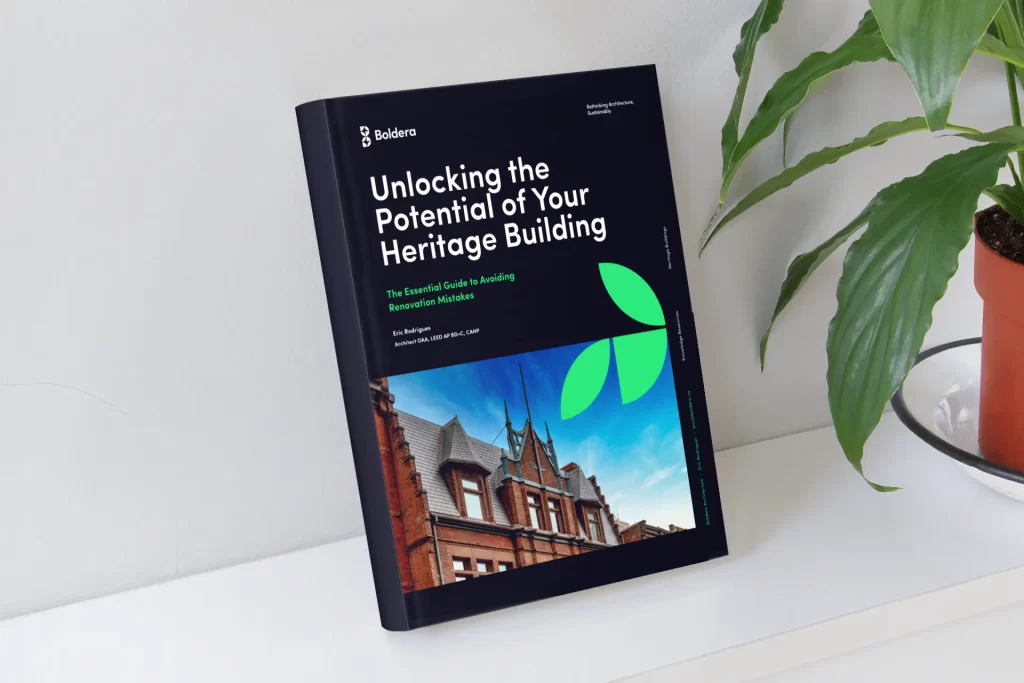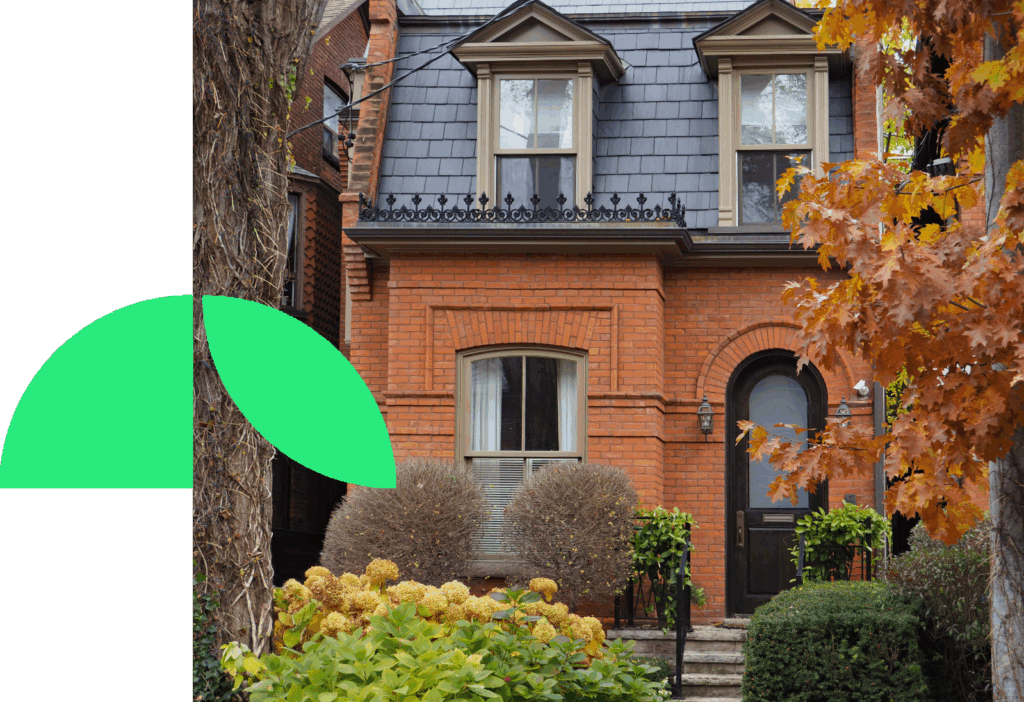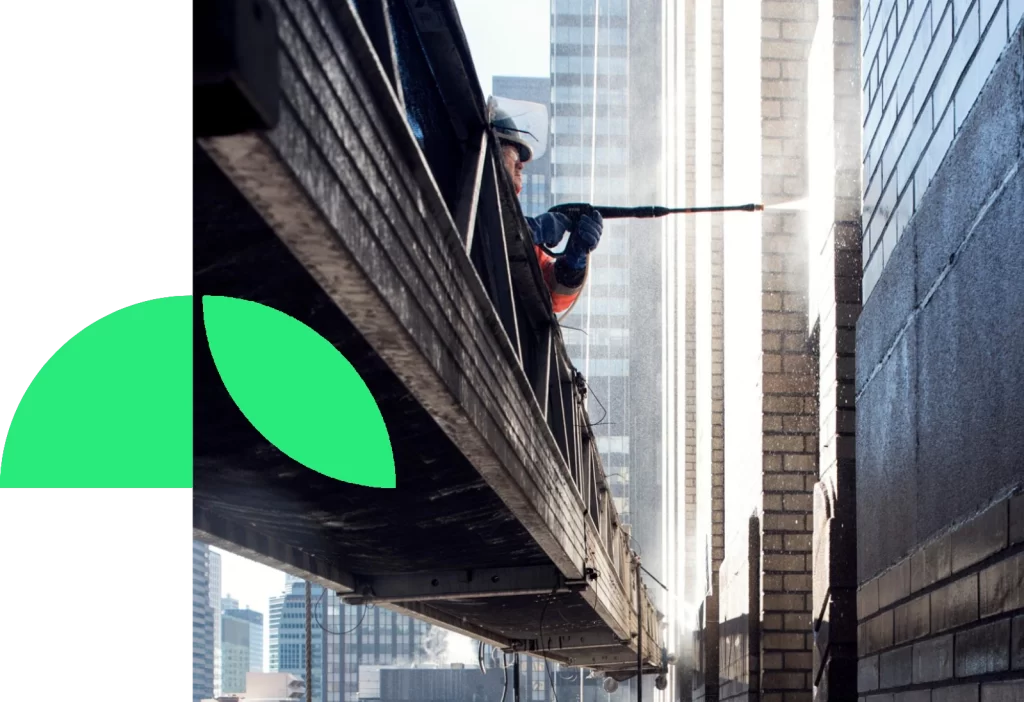Challenges and Opportunities in Repurposing Religious Buildings
Eric Rodrigues, OAA, LEED AP BD+C, CAHP
Across Canada, a growing number of religious buildings stand silent, their congregations dwindling and their once vibrant spaces echoing with the whispers of the past. These structures, often architectural and cultural landmarks, face an uncertain future. Fortunately, a movement toward repurposing these buildings is gaining momentum, offering a chance to breathe new life into these significant spaces while preserving their unique heritage.
The Rise of Repurposing
Several factors contribute to the rise of repurposing religious buildings:
- Declining congregations: Demographic shifts and changing religious practices have led to a decline in membership in many faith communities, leaving their buildings underutilized or even abandoned.
- Financial burden: Maintaining these often-large structures can be financially challenging for shrinking congregations.
- Community need: The repurposing movement seeks to revitalize these buildings, contributing to the social and economic fabric of communities while preserving their cultural heritage.

Example of a church conversion into a bookstore and library in the Netherlands.
Challenges and Considerations
While repurposing offers promising solutions, it presents unique challenges:
- Balancing preservation and innovation: Finding new uses that respect the building’s historical and religious significance while adapting it to contemporary needs requires careful planning and sensitivity.
- Navigating regulations: Religious buildings might be subject to specific zoning or heritage protection rules, requiring careful consideration and collaboration with relevant authorities.
- Community engagement: Successful repurposing necessitates thoughtful engagement with the community, including former congregations, to ensure the project aligns with local needs and preferences.
Opportunities and Success Stories
Despite the challenges, numerous successful repurposing projects showcase the potential of this movement:
- Former churches transformed into cultural centers: Offering spaces for art exhibitions, musical performances, and community events, these projects breathe new life into the buildings while promoting cultural engagement.
- Religious structures converted into community hubs: Providing space for social services, libraries, or educational facilities, these projects address community needs while preserving the architectural heritage.
- Adaptive reuse for residential or commercial use: Carefully designed projects transform religious buildings into apartment complexes, shops, or offices, contributing to community revitalization and economic development.
The Way Forward
Repurposing religious buildings presents both challenges and exciting opportunities. By carefully navigating these considerations and engaging with skilled professionals, communities can ensure these structures continue to serve and enrich their surroundings, fostering a future where faith and innovation meet.
Conclusion
Are you facing the challenge of revitalizing an underutilized religious building? Boldera Architects is dedicated to finding creative and responsible solutions for repurposing these significant structures. We combine our architectural expertise with a deep understanding of community engagement and heritage conservation to guide you through the entire process. Contact us today and explore the possibilities of transforming your religious building into a vibrant space for the future.
I hope this article has helped you with your planning. If you have questions, book a free 30-minutes Discovery Session with Boldera Architecture. This will unlock the full potential of your project and help you develop a quick action plan. My goal is to help you develop successful projects.






